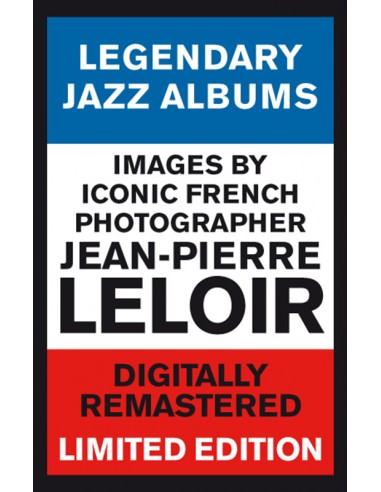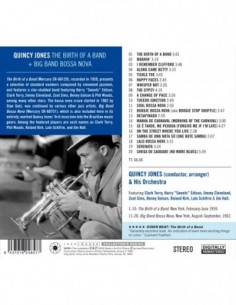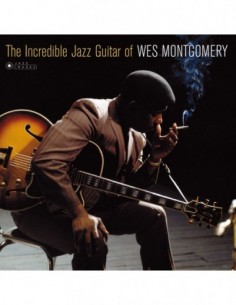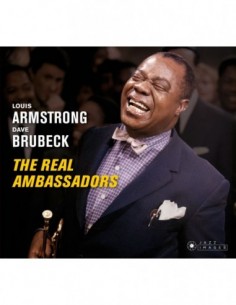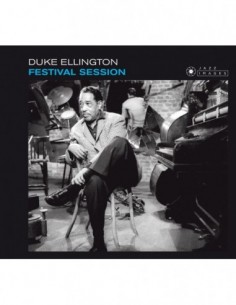Sketches of Spain
Miles DavisTHE JEAN-PIERRE LELOIR COLLECTION
3 PANEL DIGIPACK EDITION
2LPs ON 1 CD
"Sketches of Spain" (Columbia CS-8271) marked the third collaboration between Miles Davis and Gil Evans (following "Miles Ahead" and "Porgy and Bess"). Its finest characteristics were Evans’ arrangement and Miles’ improvisation on the second movement of Joaquín Rodrigo’s Concierto de Aranjuez. Miles’ first LP with Gil Evans, "Miles Ahead" (Columbia CL-1041) has been added here as a bonus.
PERSONNEL:
MILES DAVIS, trumpet & flugelhorn, on all tracks
With orchestra arranged and conducted by GIL EVANS
Collective personnel: Bernie Glow, Ernie Royal, Taft Jordan,
Louis Mucci, Dick Hixson, Frank Rehak (tb),
John Barrows, Jimmy Buffington, Earl Chapin (fhr),
Jimmy McAllister, Bill Barber (tu), Romeo Penque (oboe),
Harold Feldman (oboe, b-cl), Jack Knitzer (bassoon),
Al Block, Eddie Caine (fl), Danny Bank (b-cl), Janet Putnam (harp),
Paul Chambers (b), Jimmy Cobb (d), Elvin Jones (perc),
prob. José Mangual (perc).
New York, November 20, 1959 & March 10, 1960.
BONUS ALBUM [6-15]: MILES AHEAD
MILES DAVIS (flugelhorn) with the GIL EVANS Orchestra.
New York, May 6-27, 1957.
TRACKS:
01 CONCIERTO DE ARANJUEZ
02 WILL O’ THE WISP
03 THE PAN PIPER
04 SAETA
05 SOLEA
06 SPRINGSVILLE
07 THE MAIDS OF CADIZ
08 THE DUKE
09 MY SHIP
10 MILES AHEAD
11 BLUES FOR PABLO
12 NEW RHUMBA
13 THE MEANING OF THE BLUES
14 LAMENT
15 I DON’T WANNA BE KISSED [By Anyone But You]
Total Time: 78:31
- Format
- CD
- Discs
- 1
- Label code
- 38008
 Cookie preferences
Cookie preferences



